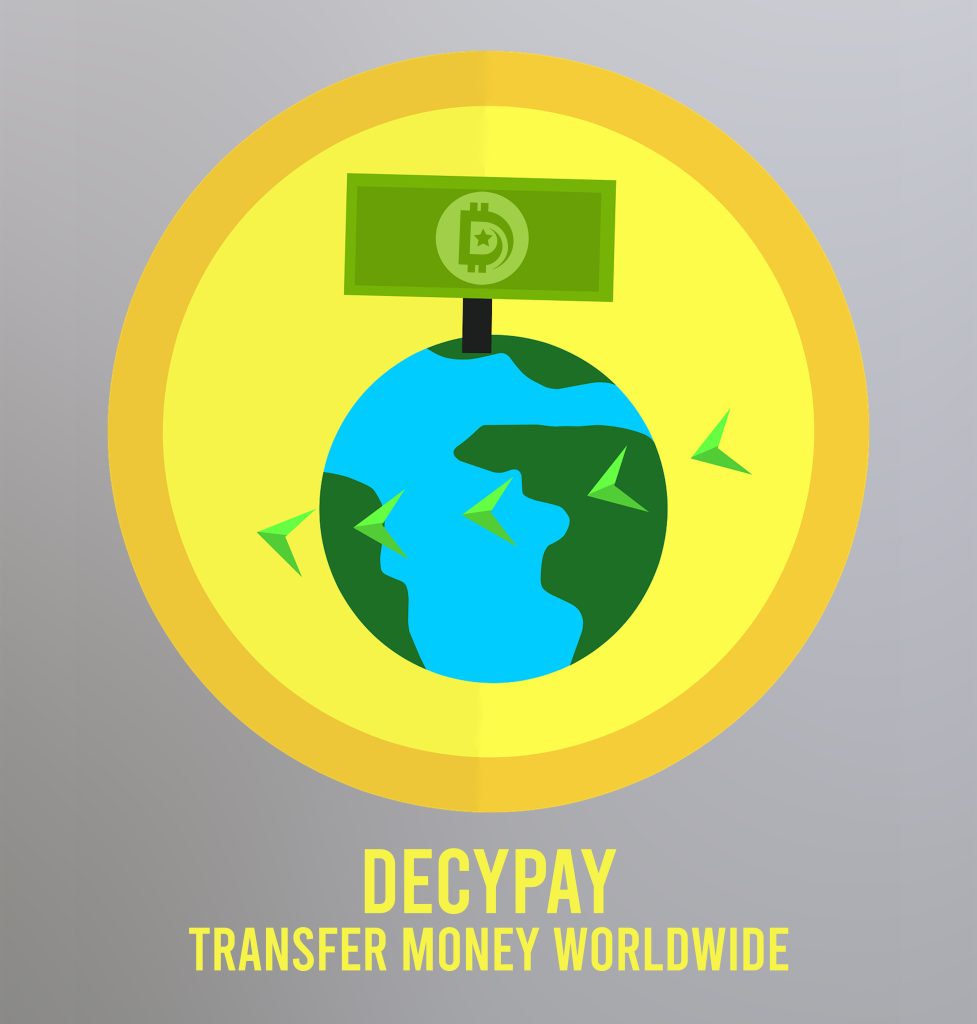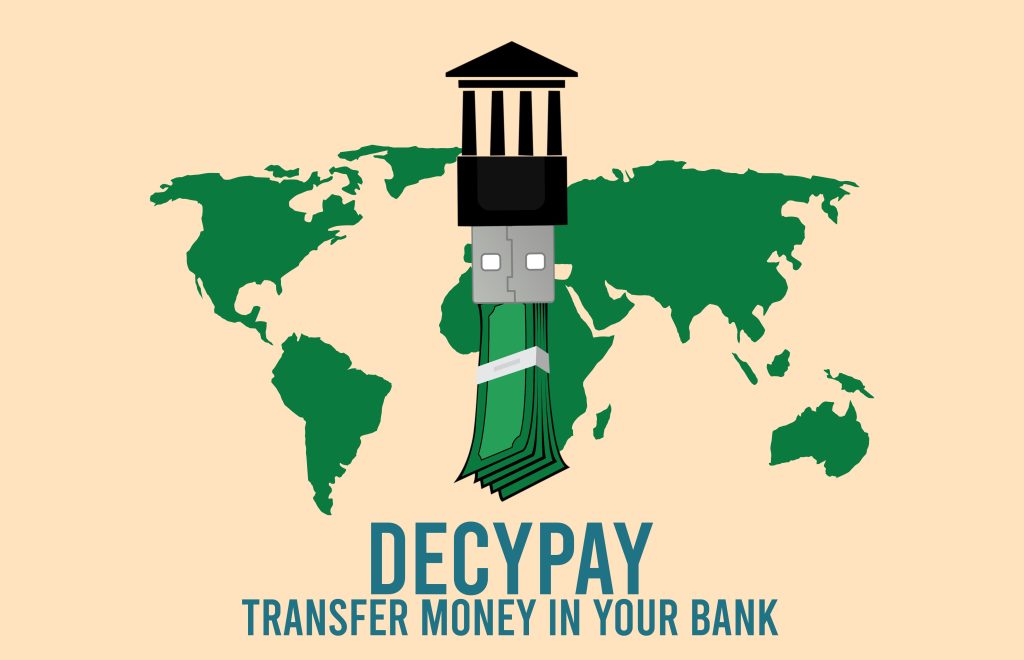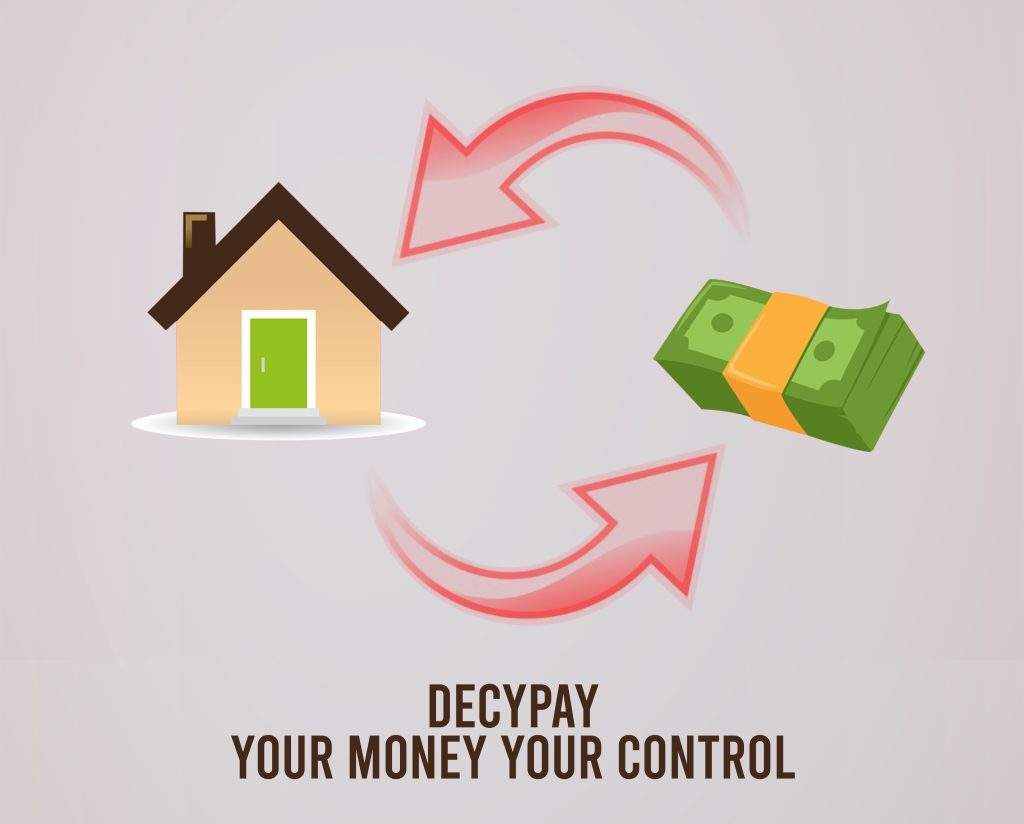The Digital Disruption of Money Transfers
Have you noticed that the way we transfer money has changed drastically? Money transfers have gone from being done in person at banks to being done instantly with a few clicks on our smartphones. If you are eager to stay up-to-date on these developments, you have come to the right place. Here, we will go into depth about the dynamics of modern money transfers and how technology, notably blockchain, is revolutionizing the sector.
Traditional Methods: Wire Transfers
Before the dawn of instant digital transactions, wire transfers held the reins. This antiquated method requires funds to move from one bank account to another, usually facilitated by banking institutions.
Its effectiveness is undeniable. However, it is difficult to ignore the often exorbitant fees, especially when dealing with international transfers. Although new platforms have introduced innovative solutions, the search for faster and more affordable transfer methods continues.

The Rise of Money Transfer Apps
The good news is that the era of lengthy bank queues feels like ancient history. In our interconnected world, money transfer apps have become the new norm. Whether it is treating a friend to coffee or settling an international invoice, these apps epitomize convenience.
But a word of caution: while they promise speed, always be vigilant of their daily transaction limits. Moreover, always prioritize apps with robust security features to safeguard your funds.
The Power of Electronic Transfers
E-transfers elevate the money-moving experience. Their specialty? Rapid, reliable electronic funds transfer. In fact, their advent has significantly simplified online purchases and the availing of digital services. Imagine sending funds almost instantaneously without physical barriers – that’s the prowess of e-transfer systems.
A New Player: Blockchain Money Transfer
So, how does this tie into crypto? Well, did you know that beyond the cryptocurrency hype, the blockchain serves as a robust foundation for money transfers? It is true! Its strength lies in providing transparent, tamper-proof, and verifiable transactions.
And blockchain-powered money transfers are especially game-changing for cross-border transactions. Why? They bypass the typical bureaucratic bottlenecks, thanks to blockchain’s unique decentralized architecture.
What Makes Blockchain Stand Out?
Of course, you know the name, but do you know what makes blockchain so great?
Check out these reasons:

Direct P2P Money Transfer
Blockchain’s beauty lies in its simplicity and directness. By promoting direct peer-to-peer transfers, it eliminates the need for middlemen, which traditionally are banks or other financial institutions. This autonomy not only turbocharges the transfer process but often slashes the associated fees. In essence, both sender and receiver experience greater control and swiftness.
Secure Transactions
Safety is paramount in the digital age. With blockchain, every transaction undergoes encryption, creating a fortress around your money. This encryption ensures that each transfer remains resistant to unauthorized intrusions or hacks. It is like sending your money in an armored vehicle through the digital world.
Anti-Money Laundering
Fighting financial crimes is a top priority. With blockchain’s inherent transparency, it provides an invaluable tool in the war against money laundering. Every transaction gets meticulously recorded on a public ledger, laying out a clear trail. This transparency makes any malicious financial activity easily traceable, verifiable, and, therefore, preventable.

Blockchain International Payments
As we previously mentioned, blockchain is revolutionizing international payments as well! By sidestepping the cumbersome and often slow traditional banking networks, cross-border transfers via blockchain are accelerated, often leading to reduced transaction times and more competitive fees.
Internal Messaging Systems
The truth is that the nuances of modern money transfer systems extend beyond just the transaction. They are about fostering a clear line of communication. With internal messaging systems, senders and recipients can engage directly, clarifying transaction details, sharing updates, or even resolving queries. This direct channel of communication minimizes ambiguities, ensuring every transaction is crystal clear to all parties involved.
Crypto Money Transfers
Sure, blockchain is a great framework, but cryptocurrencies like Bitcoin and Ethereum are the shining stars stealing the limelight. As these digital assets gain mainstream acceptance, they are becoming potent tools for money transfers. Leveraging blockchain’s benefits, crypto transfers bring to the table reduced transaction fees, lightning-fast speeds, and the added allure of potential asset appreciation. As the digital age progresses, the symbiosis between blockchain and cryptocurrencies promises to reshape the very fabric of financial transactions.
Money Transfer Control Number Code
Now that everything is online, security and transparency take center stage. So, how can you be sure your funds reached their intended destination? Enter the money transfer control number code.
This unique identifier, tailored for each transaction, is more than just a random set of digits. It is your personal assurance. With this code, you can effortlessly monitor the progress of your transfer, verify its receipt, and ensure peace of mind. This dynamic feature makes online money transfers not just convenient but also reliably transparent.
Understanding Daily Limits: The Safeguard of Digital Transfers
One final topic that is vital to mention is that most money transfer apps and electronic systems come with a daily limit. This feature might, at first glance, appear as a hindrance, but it is essential for a number of reasons.
Why Do Daily Limits Exist?
- Security: The most obvious reason is security. By limiting the amount one can transfer daily, potential losses from unauthorized transactions or hacking attempts can be minimized.
- Regulatory Compliance: Financial institutions are bound by regulations that often dictate transaction limits to prevent money laundering and other illicit financial activities.
- Operational Stability: Setting daily limits can prevent system overloads, ensuring smooth and efficient operations.
How to Navigate Daily Limits
- Be Prepared: If you know you will need to transfer a large sum, plan ahead. Breaking your transfers over several days or using multiple platforms might be a solution.
- Increased Verification: Some platforms may allow for higher transaction limits if additional verification steps are taken. This can include providing more identification, linking multiple accounts, or enabling two-factor authentication.
- Business Accounts: If you are a business or handle large transactions regularly, consider using platforms or accounts specifically designed for business use. These often come with higher limits due to the nature of business transactions.
Though daily limits might seem like an inconvenience, remember they are in place for good reasons. As digital transactions become more common, understanding the ins and outs of these restrictions will be crucial for smooth financial operations.
Embracing Digital Money Transfers
The key takeaway here is that while traditional methods remain relevant, innovative apps and blockchain solutions are revolutionizing money transfers. As you navigate this evolving financial landscape, informed understanding is essential. By grasping the intricacies of each method and leveraging new advancements, you’re not just transferring funds; you’re progressing towards a brighter financial horizon. So, stay informed and confidently step into the future of finance!
